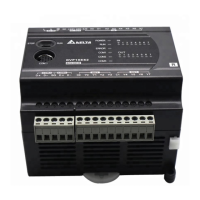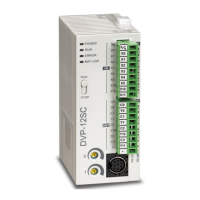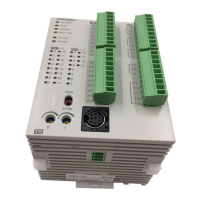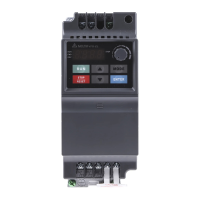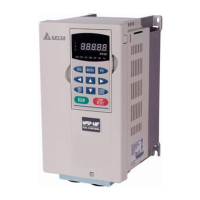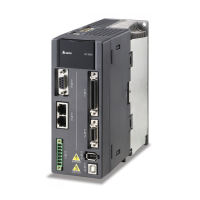DVP15MC11T Operation Manual
10.3 Introduction of BufferMode
For the same axis, another motion instruction can be started while one motion instruction is controlling the
axis motion. There are 6 buffer modes for selection to switch from one motion instruction being executed to
another motion instruction. The buffer mode can be selected through the BufferMode parameter of the
buffered motion instruction.
The terms about BufferMode are explained as below.
1. Current instruction: The motion instruction which is controlling the axis currently.
2. Buffered instruction: The instruction which is waiting to be executed.
3. Transit velocity: The speed at which the axis moves at the moment when the currently being
executed instruction is switched to the buffered instruction.
4. Target velocity: The Velocity parameter of an instruction
5. Target position: The Position or Distance parameter of the position-related instructions
Six Buffer Modes for Selection
0: mcAborting
(Aborting)
The instruction being executed currently is aborted immediately.
1: mcBuffered
(Buffered)
The buffered instruction just starts to control the axis after the current
instruction execution is completed.
2: mcBlendingLow
(Blend with low)
The buffered instruction just starts to control the axis after the target
position of the current instruction is reached. The transit velocity is the
lower of the target velocities of the current instruction and buffered
instruction.
3: mcBlendingPrevious
(Blend with previous)
The buffered instruction just starts to control the axis after the target
position of the current instruction is reached. The transit velocity is the
target velocity of the current instruction.
4: mcBlendingNext
(Blend with next)
The buffered instruction just starts to control the axis after the target
position of the current instruction is reached. The transit velocity is the
target velocity of the buffered instruction.
5: mcBlendingHigh
(Blend with high)
The buffered instruction just starts to control the axis after the target
position of the current instruction is reached. The transit velocity is the
higher of the target velocities of the current instruction and buffered
Notes:
1. The same axis only supports one buffer mode. An error will occur if multiple buffer modes are
performed for the same axis.
For example, the BufferMode parameters of instruction 2 and instruction 3 are not mcAborting.
Instruction 2 (the buffered instruction) will be switched to from instruction 1 (current instruction).
Instruction 3 will report an error if instruction 3 is switched to from instruction 2 when the execution
of instruction 1 is not completed. If the BufferMode parameter of Instruction 3 is mcAborting,
instruction 1 and instruction 2 will be aborted immediately and instruction 3 will be executed right
away.
2. When the MC_MoveSuperimposed instruction controls the axis alone, the buffered instruction
excluding MC_MoveAdditive is executed and the MC_MoveSuperimposed instruction is aborted no
matter what the value of the BufferMode parameter is.
While the current instruction and MC_MoveSuperimposed or MC_HaltSuperimposed jointly control
the axis and then another motion instruction is executed, all the being executed previously
instructions will be aborted if BufferMode=mcAborting; if BufferMode=mcBuffered, mcBlendingLow,
mcBlendingPrevious, mcBlendingNext and mcBlendingHigh, the current instruction and buffered
10-6
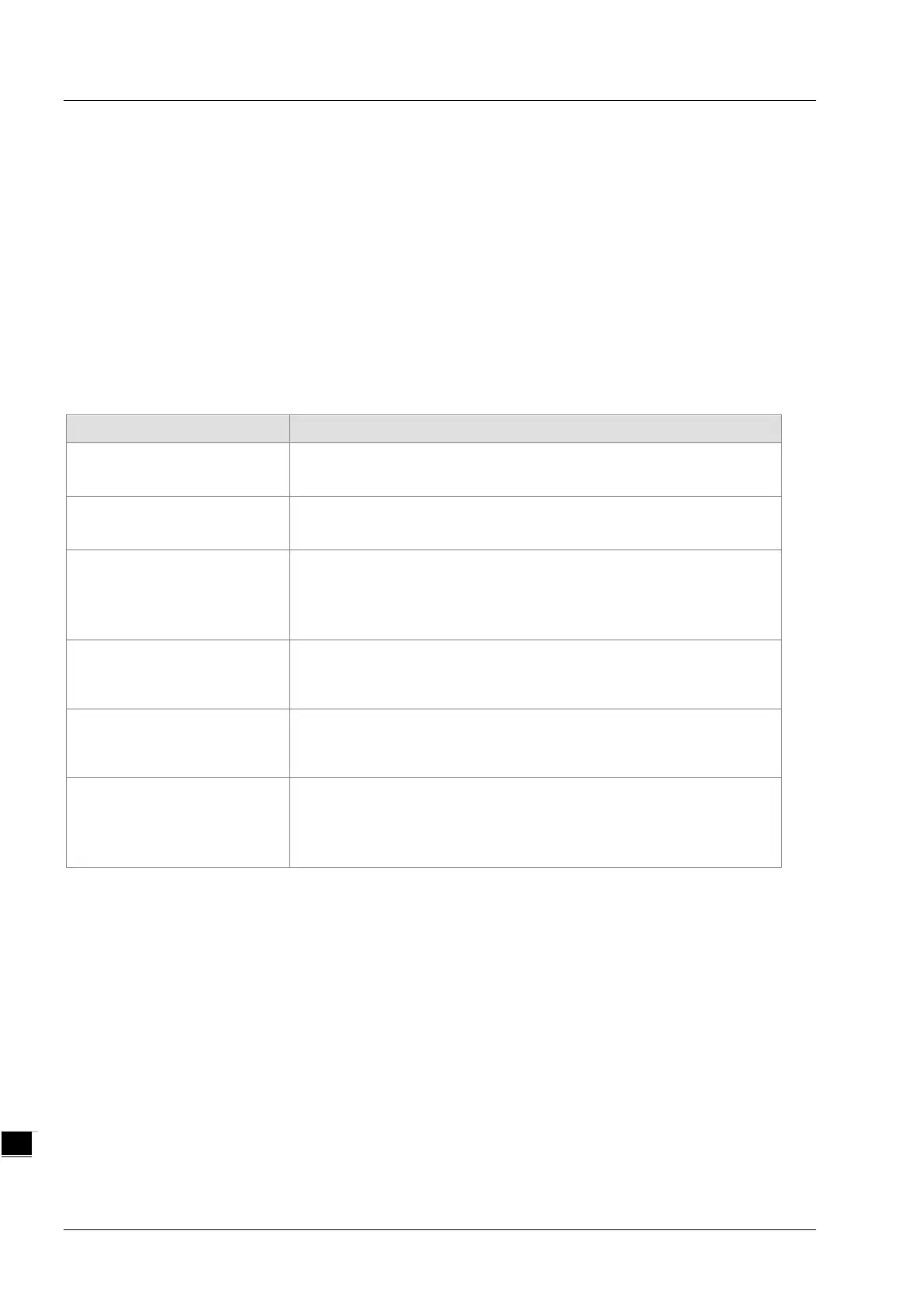